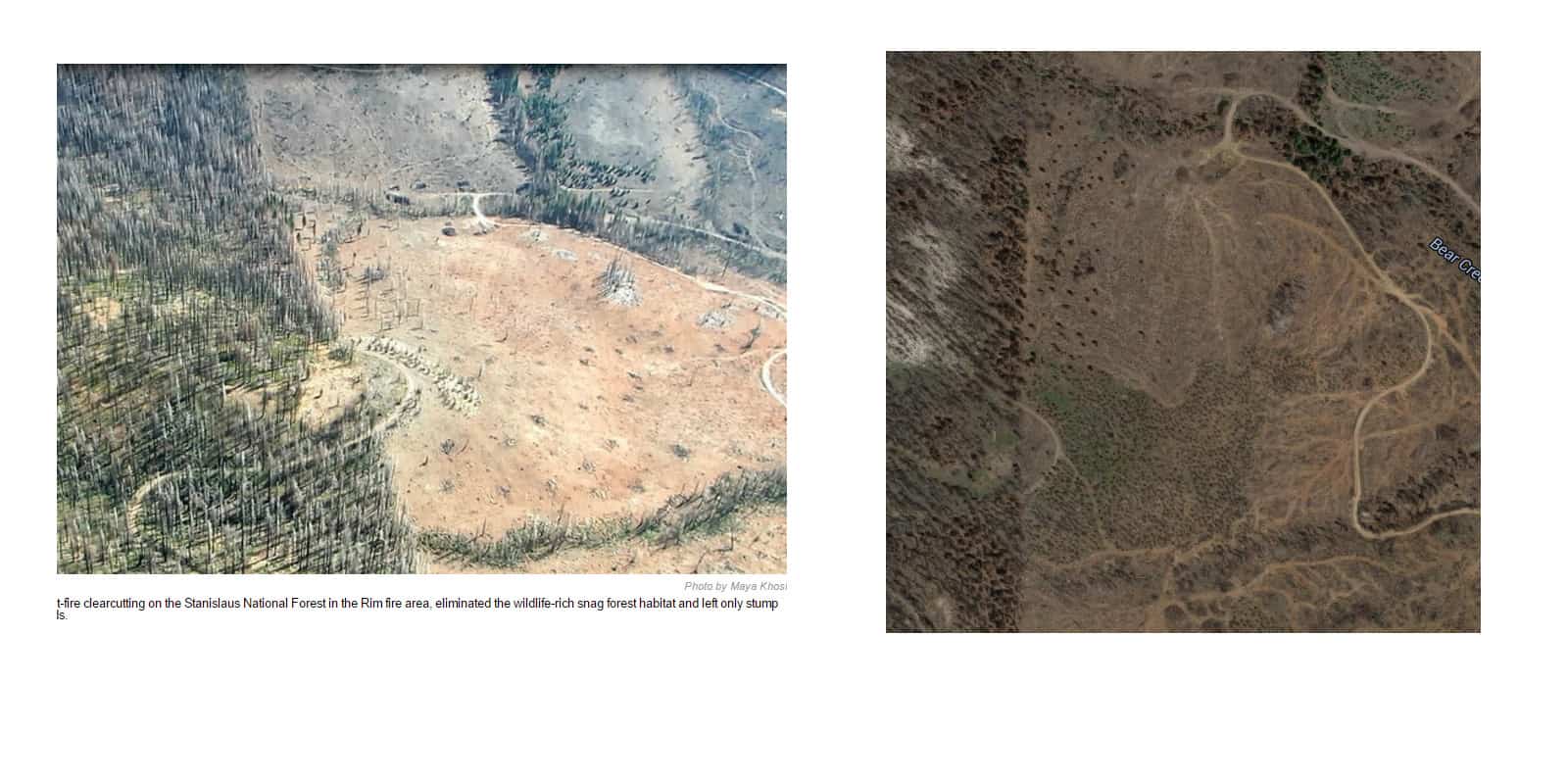Here’s a Forest Service and public lands policy issue that has been in the news more and more: Wilderness and mountain bikes.
Personally, I own a mountain bike, but I wouldn’t consider myself a hard-core mountain biker. Then again, I’ve been known to use my mountain bike to haul deer and elk 12+ miles out of a U.S. Forest Service National Recreation Area from time to time.
I was also more than happy to put on my WildWest Institute hat and sign us onto this letter to Congress signed by a total of 116 conservation groups from around the country with one simple message: Please continue to keep bikes out of our protected Wilderness areas. Below is a press release from the organizations.
MISSOULA, MONTANA – This week 116 conservation organizations from across America have asked Congress to oppose attempts to amend and weaken the Wilderness Act and Wilderness protections by allowing bicycles in designated Wilderness.
“For over a half century, the Wilderness Act has protected wilderness areas designated by Congress from mechanization and mechanical transport, even if no motors were involved with such activities. This has meant, as Congress intended, that Wildernesses have been kept free from bicycles and other types of mechanization and mechanical transport,” the 116 organizations wrote Congress.
A copy of the letter to Congress signed by 116 conservation groups is here: http://bit.ly/1VFoL1U
The letter to Congress comes as some mountain bikers and a mountain biking organization – the Sustainable Trails Coalition – have announced the intention to have legislation introduced in Congress to amend and weaken the Wilderness Act to allow mountain bikes in units of the National Wilderness Preservation System.
“These mountain bikers erroneously claim that mountain bikes were allowed in Wilderness until 1984, but then banned administratively by the U.S. Forest Service. This claim is simply not true,” pointed out the 116 conservation organizations.
“At a time when wilderness and wildlife are under increasing pressures from increasing populations, growing mechanization, and a rapidly changing climate, the last thing Wilderness needs is to be invaded by mountain bikes and other machines,” said George Nickas, executive director of Wilderness Watch.
“Mountain bikes are exactly the kind of mechanical devices and mechanical transport that Congress intended to keep out of Wilderness in passing the Wilderness Act. Mountain bikes have their place, but that place is not inside Wilderness areas,” explained Kevin Proescholdt, Conservation Director of Wilderness Watch.
“We believe that this protection has served our nation well, and that the ‘benefits of an enduring resource of wilderness’ would be forever lost by allowing mechanized transport in these areas. Please oppose attempts to weaken the Wilderness Act and wilderness protections by allowing bicycles in Wilderness,” the 116 organizations wrote Congress.
